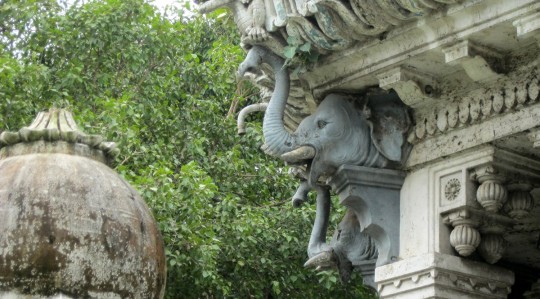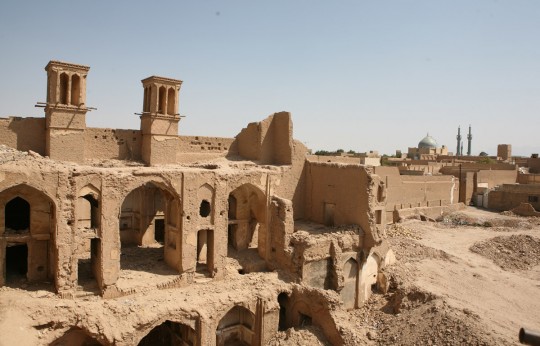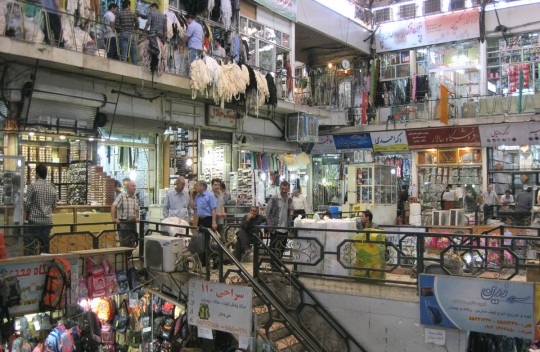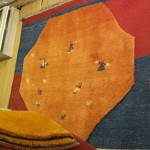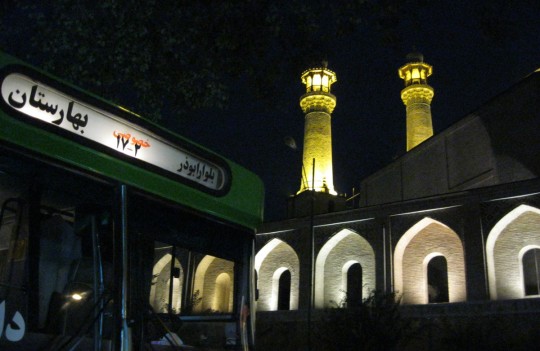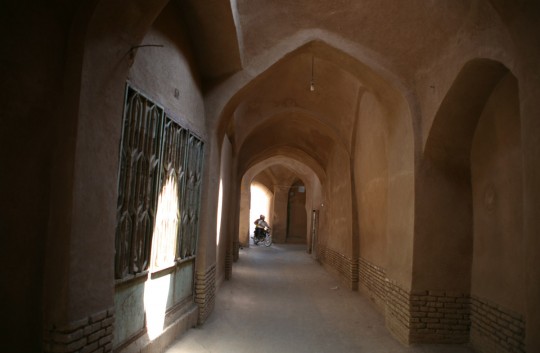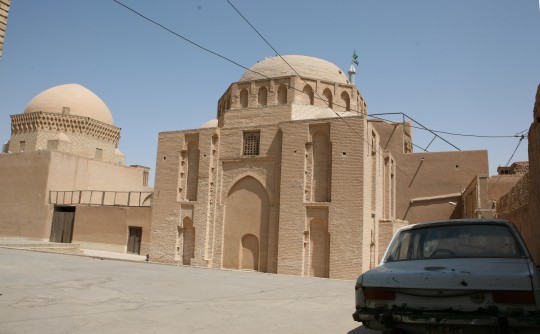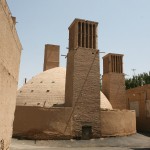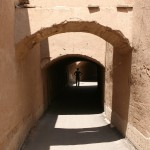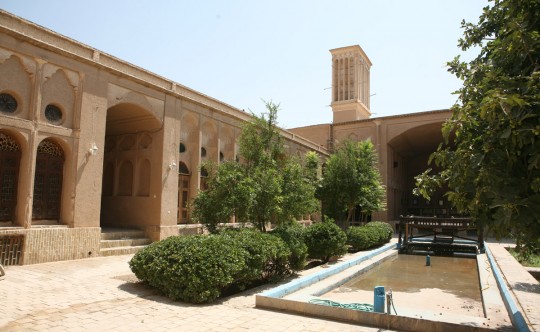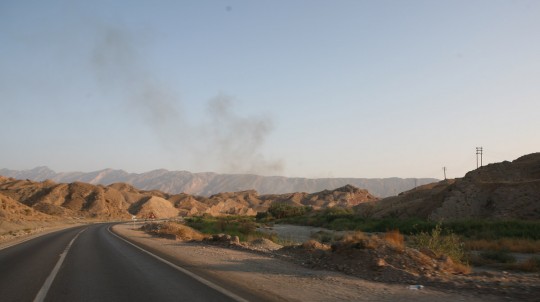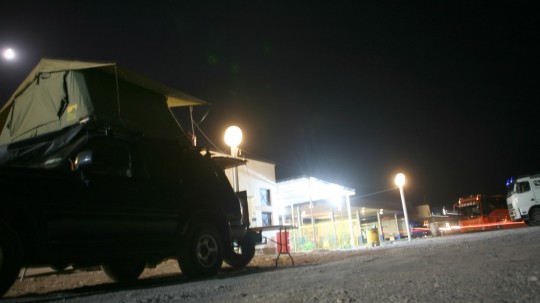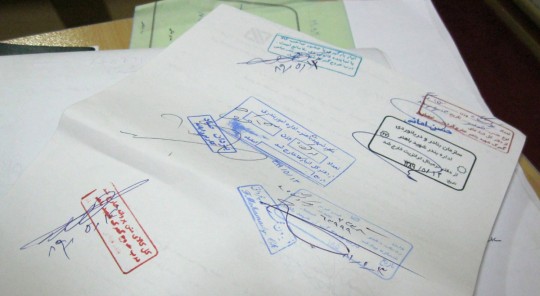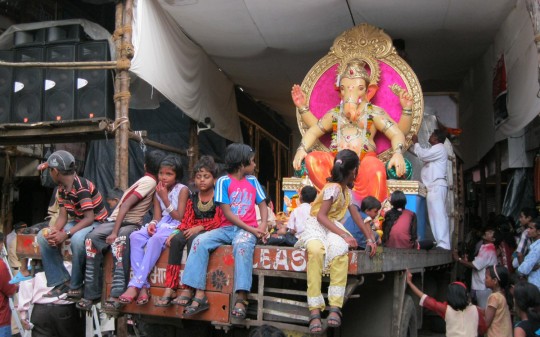
This week update will be a short one, due to the lack of news to report. I have been waiting for the vessel transporting my truck to arrive in Mumbai’s neighboring port of Nhava Sheva. Unfortunately, the large Indian port went through a series of accidents delaying significantly the incoming traffic.
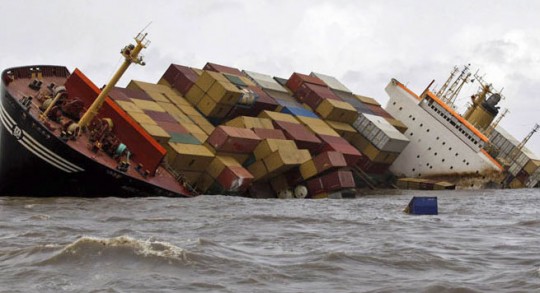
A month ago, two container ships collided just outside the port, and one of the vessels dumped a large number of containers in the shallow waters, creating an obstacle for other carriers.
They had to clean up the mess, but another unlucky event – or should we begin to suspect some unprofessionalism – increased the backlog of boats waiting for their turn to enter the harbor. While unloading a vessel, a crane operator dumped a container on the ship’s top and ruptured its fuel oil tank. The boat was then stranded for more than a week, making impossible the unloading of my truck.
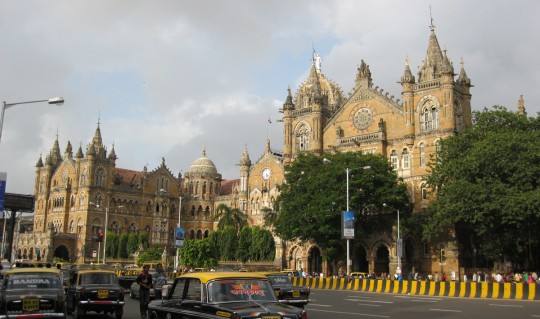
Eventually, at the end of this week, the Express Annapurna carrying my container was authorized into the port. Unloading should have take place this weekend, and at the beginning of next week, I hope to be driving my truck.
Traveling the world really makes you appreciate the level of organization we reached in Europe or the United States. In the places I traveled in recent months, you don’t get much answers or information when you try to get things done. It has little importance for me as a traveler, but if you add the lack of information to the sickening amount of paperwork and corruption, you can’t help but think that it will take decades for countries to be able to challenge the western world. Even if these countries feature cheaper price for the inefficient service they deliver.
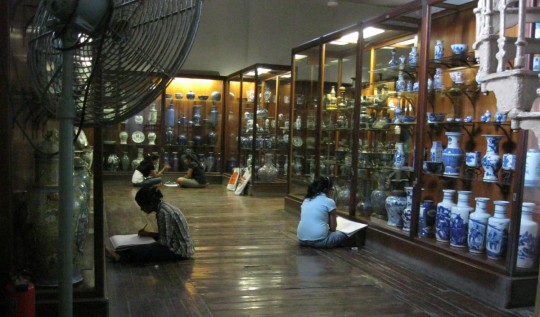
Anyhow, little by little I will keep moving east, and every mile will bring me closer to New York City.
In the meantime, when I am not trying to get some papers from tumbling office buildings in downtown Mumbai, I visit museums, or work on my upcoming route through south-east Asia. You can find a draft of it here.
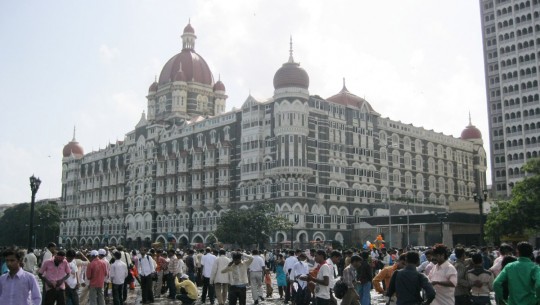
Every day, I also go for a two hours walk in diverse parts of the city. It is the festival period in India, and one of the most widespread celebrations is Ganesha Chaturthi. Ganesha, the elephant-head famous god is worshipped as the Remover of Obstacles. Idols representing him are transported and immersed in the sea all over Mumbai. The population density, noise and crazed vehicle traffic doesn’t make it very enjoyable, but it is interesting to explore one of the most populous city in the world.
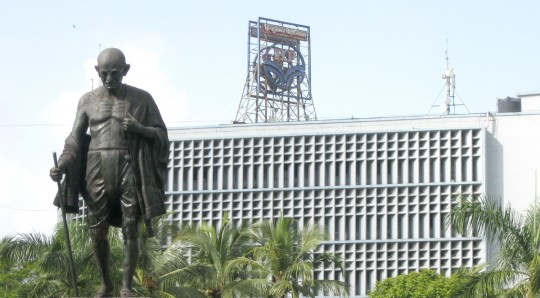
There is an estimated 14 million peoples living here, far above New York City’s 8 millions inhabitants. No wonder why I get lost each time I go out. The city population density is exploding and features widespread poverty and unemployment as well as poor hygiene standards. I am looking forward to be out on southern India’s roads where there will be more space to breath.
Upcoming posts should be more entertaining as we should be on the move, so stay tuned!
